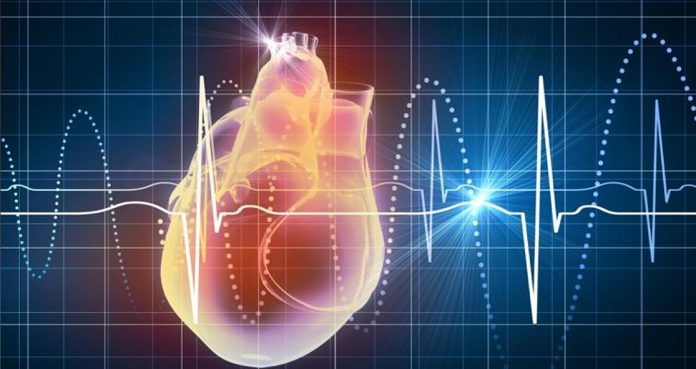A study published Wednesday in Nature has found that stem cell therapy helps your broken heart in an unexpected way rather than by replacing the damaged heart cells that was initially proposed by researchers.
The researchers said that hey injected heart stem cells into the injured hearts of mice, which triggered an acute inflammatory process, generating a wound healing-like response and repairing the mechanical areas of the heart.
Study author Jeffery Molkentin explained that the secondary wound healing process offered a modest benefit to heart after a heart attack.
Molkentin said, “The innate immune response acutely altered cellular activity around the injured area of the heart so that it healed with a more optimized scar and improved contractile properties. The implications of our study are very straight forward and present important new evidence about an unsettled debate in the field of cardiovascular medicine.”
Previous studies showed that injecting heart stem cells into injured or damaged hearts in order to regenerate heart cells does not work. These findings prompted Molkentin and his team to dig deep and conclude that there is a need to “re-evaluate the current planned cell therapy based clinical trials to ask how this therapy might really work.”
The researchers examined two types of stem heart cells – bone marrow mononuclear cells and cardiac progenitor cells. They were surprised to found that apart from these two types of stem cells, injecting an inert chemical known as “zymosan” helped the heart to optimize its healing process. Also, zymosan, which induce an innate immune response, improved the mechanical properties of the connective tissue.
The authors explained, “Injected hearts produced a significantly greater change in passive force over increasing stretch, a profile that was more like uninjured hearts.” “Most of the current trials were also incorrectly designed because they infuse cells into the vasculature,” noted Molkentin. “Our results show that the injected material has to go directly into the heart tissue flanking the infarct region. This is where the healing is occurring and where the macrophages can work their magic.”





















